'Two months to the Moon, three for rest and refreshment and two more for the return': The English stork success story
Long unseen on British shores, white stork chicks are hatching once again in the UK and a colony is now flourishing in West Sussex thanks to a pioneering restoration project.
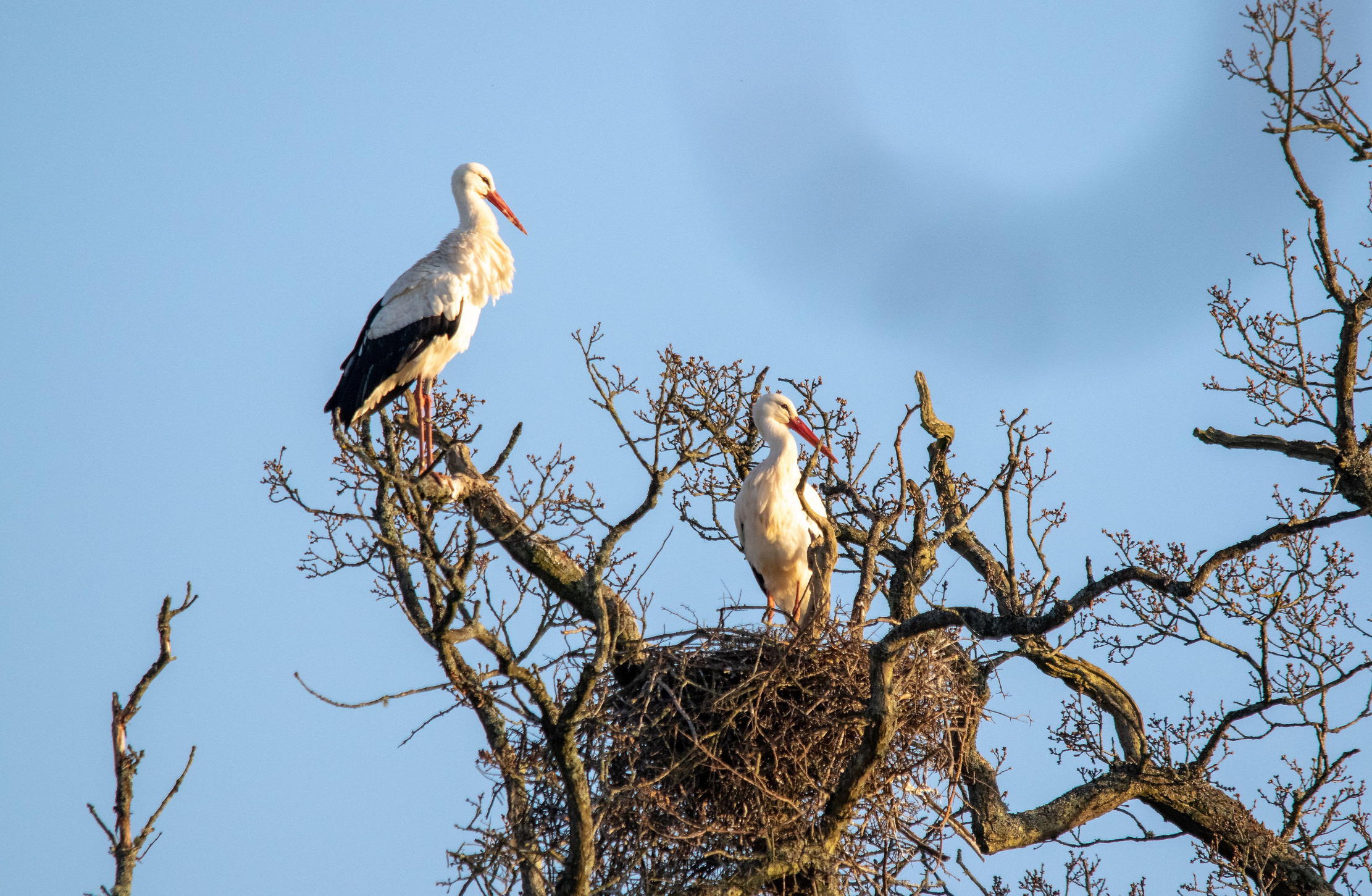

Which birds offer the most remarkable spectacle in the northern hemisphere? A majestically soaring golden eagle? A gabbling overhead flock of geese or swans? Perhaps it’s a shock glimpse of a golden oriole or the elusive nightjar.
However, it could just as easily be a huge white stork (Ciconia ciconia), although, as with orioles, sightings of them in this country have been so scarce that the older guidebooks to the birds of Britain don’t even bother to include them.
In one of Nature’s unlikeliest myths, it was once maintained that storks were republicans. The suggestion was proposed to explain why they shunned breeding in Britain and yet nested in Holland, as well as other places in Europe no longer retaining a ruling royal family. The absurd notion was banished in 2020 with news that four wild chicks had successfully fledged on the Knepp estate in West Sussex following a reintroduction using imported birds.
By 2023, the chick numbers had risen to 26 and, last year, they reached a remarkable 53. It was enough for Knepp and the local village of Storrington to be designated a European Stork Village and admitted to the European Stork Villages Network. This initiative was set up by the EuroNatur foundation to draw attention to the loss of the wetland habitats the birds depend upon and to encourage communities actively working to support storks.
The Knepp story has ancient antecedents, despite the project only beginning in 2016. Although the only known British breeding record for the birds is of a pair nesting on the roof of St Giles’ Cathedral, Edinburgh, in 1416, bones found in the East Anglian Fens and in other marshy areas show the species was present in Britain in prehistoric times. The Domesday Book records the Saxon settlement of Storrington as Estorchestone, ‘the place of storks’, and the village emblem features a pair of the birds.
Nonetheless, there were other reasons for embarking on this particular restoration project, explains Laura Vaughan-Hirsch, the estate’s White Stork Project manager. ‘We chose white storks for their ties with local history, but also because they are charismatic birds that get people enthused about Nature recovery. They’re easy to see and identify without the need for special equipment, so they’ll draw visitors into birdwatching, and they are already a symbol of rebirth. We hope they will become an emblem for Nature recovery.’
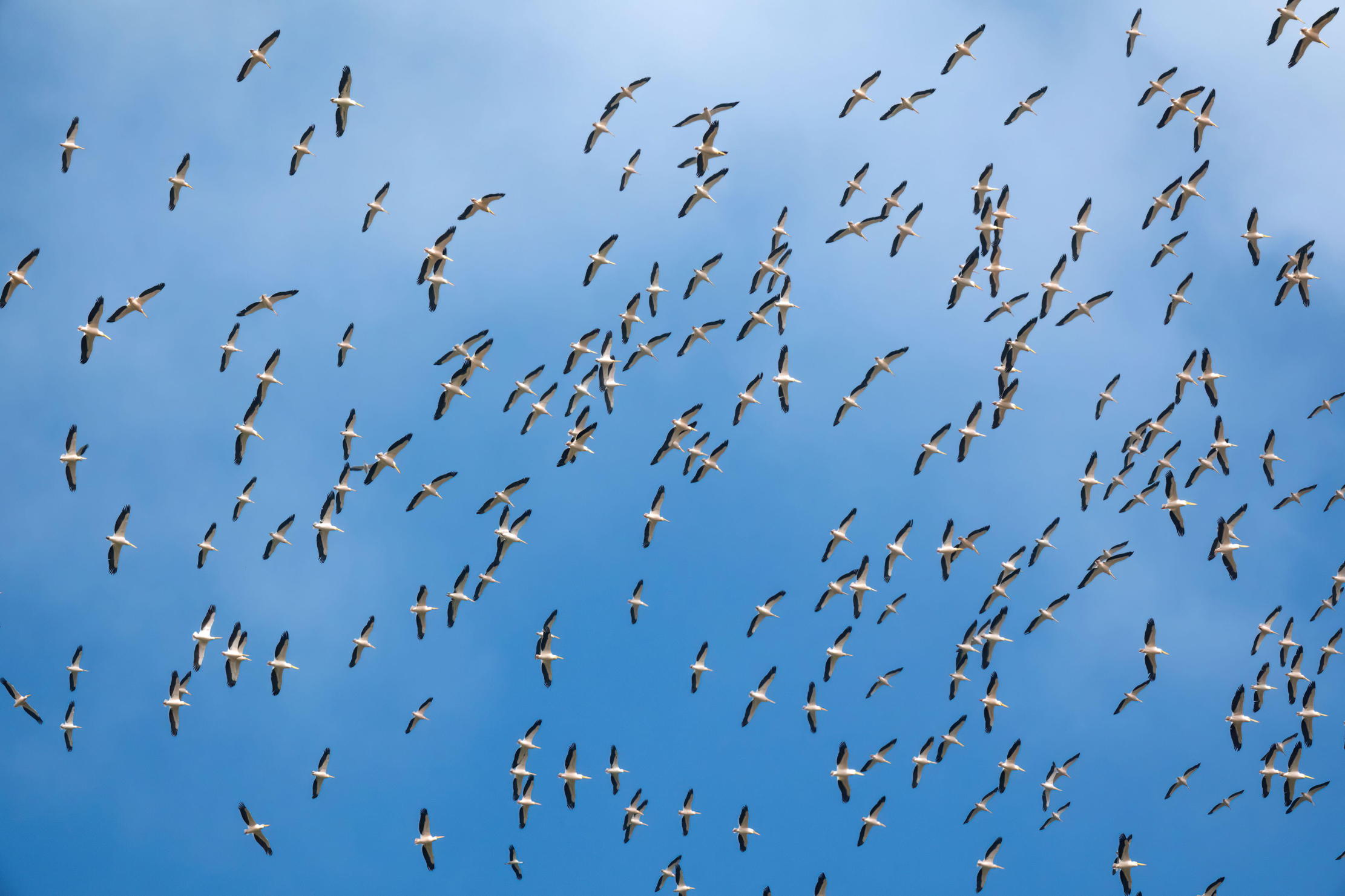
Storks migrate en masse, with thousands of birds flocking together for their 4,300-mile journeys between Europe and Africa.
Storks are admired for their long migratory flights, encompassing journeys of up to 4,300 miles between Africa and central Europe, the flocks making an impressive sight as they seem to glide effortlessly on thermal air flows. Up to 11,000 birds have been seen in a single movement. They breed and feed, however, on open farmland with access to water meadows, marshes and riverbanks.
Exquisite houses, the beauty of Nature, and how to get the most from your life, straight to your inbox.
Such a range of habitats satisfies their omnivorous dietary requirements, including large insects, small mammals, frogs and fish. However, intensification of farming and the draining and pollution of freshwater habitats across western Europe has placed the population under pressure. Knepp’s rewilding project, which has embraced the creation of areas of wood pasture, shrubland and water meadows, seemed the ideal place to embark on a collaboration with the Roy Dennis Wildlife Foundation, Cotswold Wildlife Park and Wadhurst Park, East Sussex, to try to establish a breeding population in England for the first time in centuries.
Storks have long been recorded visiting Britain every year, with striking influxes in some years — perhaps as overshoots from their European breeding grounds. However, hopes that pairs that remained a little longer might stay and successfully breed have hitherto been unfulfilled. Encouraged by fruitful reintroduction programmes in countries such as Sweden, however, Knepp’s White Stork Project began with bringing in a group of non-flying birds from Warsaw Zoo in Poland for what, in turn, has proved to be a successful attempt to attract passing wild storks to join them and establish a colony.
'Last year, we had the first UK-born white stork migrate, return and successfully breed back at Knepp, so we’re hoping to see more of that over the coming years'
‘We’re really delighted with their progress,’ Laura says. ‘However, as with all migratory birds, they face dangerous and energetically demanding journeys twice a year, so already there is high mortality in this population. As such, we would regard the colony as still getting established as nests and numbers grow. Last year, we had the first UK-born white stork migrate, return and successfully breed back at Knepp, so we’re hoping to see more of that over the coming years.’
As well as stork migration routes taking place over land, their propensity to make use of human structures — such as church steeples, barns, chimneys and even electricity pylons — as nest sites means they have always been much observed on the Continental mainland. It was the dependability of their annual returns to the same nesting places at the approach of the growing seasons, together with their monogamous habits and the evident patience and care devoted towards their chicks, which led to storks being seen as emblems of spring and the bearers of human babies.

Hans Christian Anderson drew on their parental solicitousness in his fairy tales The Storks (1839) and The Marsh King’s Daughter (1858). A perception of the honesty and good character of storks, in contrast with more opportunistic cranes, was referenced in the tale of the farmer and the stork in Aesop’s Fables. Another fable has them serving up tit-for-tat treatment to a devious fox to underline the desirability of treating others as you would have them to treat you.
As fertility symbols, to have a stork nesting on your roof in central and eastern Europe was considered to bring the householder luck. Yet, at Knepp, modern technology has meant people can watch them even more closely. The installation of a live camera trained on a characteristically bill-clappering pair in their oak tree nest eyrie, looking out across the Sussex Weald, has proved highly popular. ‘It’s had more than 50,000 viewers this year alone and has been shown in schools around the country,’ acknowledges Laura proudly.
‘We’ve had several people get in touch to let us know they were watching them as they were recovering from illness or injury in hospital, unable to get outside for birdwatching. There are also a number of care homes that regularly show the camera. We have viewers from Canada, France, Romania, Germany and Poland — and no doubt many other countries.’
It will be interesting to see how many birds depart Knepp this autumn for Africa and how many more return in 2026. There was a suggestion in the Middle Ages that storks, together with other species that mysteriously seemed to disappear from Europe during the colder months, travelled to the moon as a winter resort. Ernest Ingersoll, in his 1923 text Birds In Legend, Fable And Folklore, quoted one anonymous medieval author from a collection of pamphlets kept in the library of Edward Harley, 2nd Earl of Oxford, who had, by calculating the time of the stork’s absence from its nesting areas, decisively reasoned that it must have been ‘occupied by two months in upward flight to the Moon, three for rest and refreshment and two more for the return passage’.
There’s now little mystery about where they go and Laura says the intention is for the White Stork Project ‘to continue working alongside other initiatives such as Weald to Waves and the European Stork Villages Network to improve habit for the birds across not only southern England, but also along migratory pathways all the way to north Africa. We expect the storks currently breeding at Knepp will branch out and start nesting elsewhere in years to come’. A great white bird with black flight feathers and a long red bill and legs could soon be heading for a roof or a treetop near you.
Jack Watkins has written on conservation and Nature for The Independent, The Guardian and The Daily Telegraph. He also writes about lost London, history, ghosts — and on early rock 'n' roll, soul and the neglected art of crooning for various music magazines
-
 Bare roots: How to find the perfect rose and how to plant it
Bare roots: How to find the perfect rose and how to plant itTabi Jackson Gee moved to a cottage in Wiltshire, and went about finding the perfect rose to bring light and colour to the garden.
-
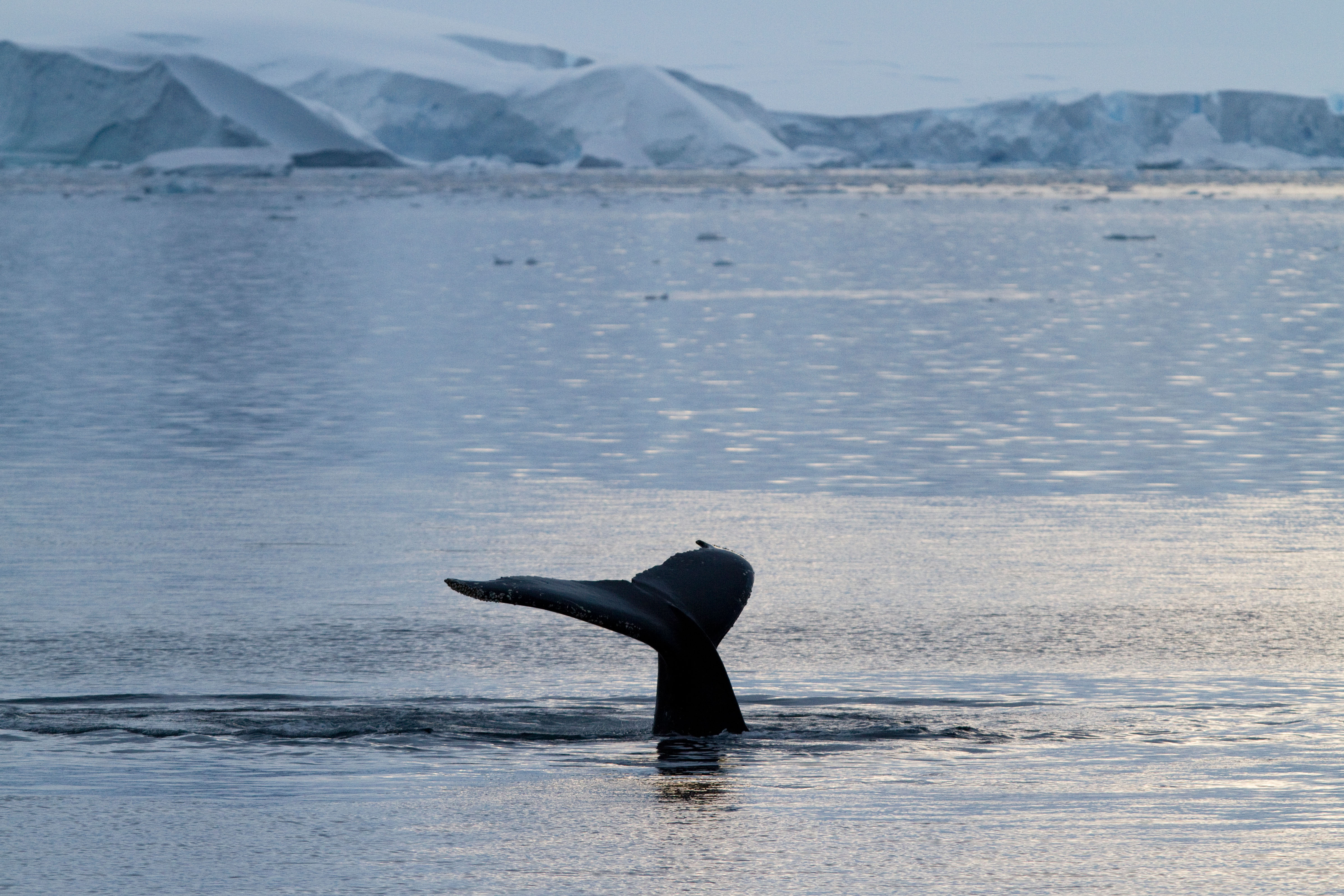 Flying backwards, pink milk, and holding your breath. A Country Life quiz of animal facts
Flying backwards, pink milk, and holding your breath. A Country Life quiz of animal factsDo you know the difference between a bobbit worm and a mantis shrimp? You will soon.
-
 An unfenced existence: Philip Larkin's love of the countryside
An unfenced existence: Philip Larkin's love of the countrysideRichard Barnett pokes at Larkin’s protective carapace of soot-stained gloom and finds a writer with an unillusioned yet tenderly perceptive sense of Nature, in all its beauty and indifference
-
 'It is hard to beat the excitement of watching a peregrine you have trained stoop from 1,000ft, going more than 100mph' — the complicated world of falconry
'It is hard to beat the excitement of watching a peregrine you have trained stoop from 1,000ft, going more than 100mph' — the complicated world of falconryA combination of spellbinding sport and profound empathetic connection, falconry–a partnership in which the bird maintains the upper hand–offers a window into ‘the deeper magic’.
-
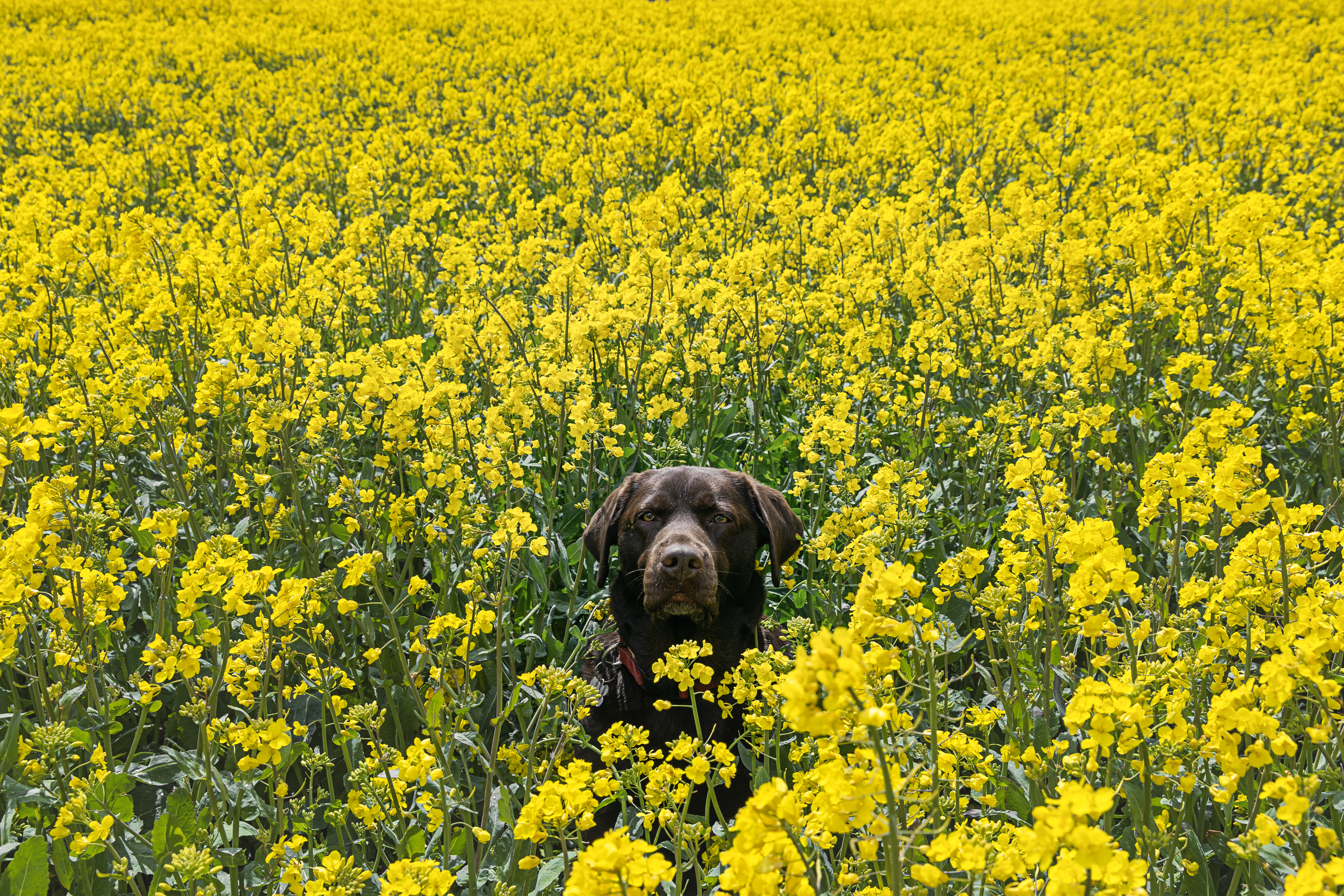 What is everyone talking about this week: More than half the country owns a pet and nearly half our marriages end in divorce — no wonder pet-nups are on the rise
What is everyone talking about this week: More than half the country owns a pet and nearly half our marriages end in divorce — no wonder pet-nups are on the risePet-nups, a formal agreement between couples over what should happen to their pets in the event of a split, are on the rise.
-
 Haute dogs: How fashion’s finest would dress 11 dogs and one very spoilt cat if only they had the chance
Haute dogs: How fashion’s finest would dress 11 dogs and one very spoilt cat if only they had the chanceWe’ve matched some much-loved breeds to the designers that share their history, temperament and vibe — because why not. Illustrations by Tug Rice.
-
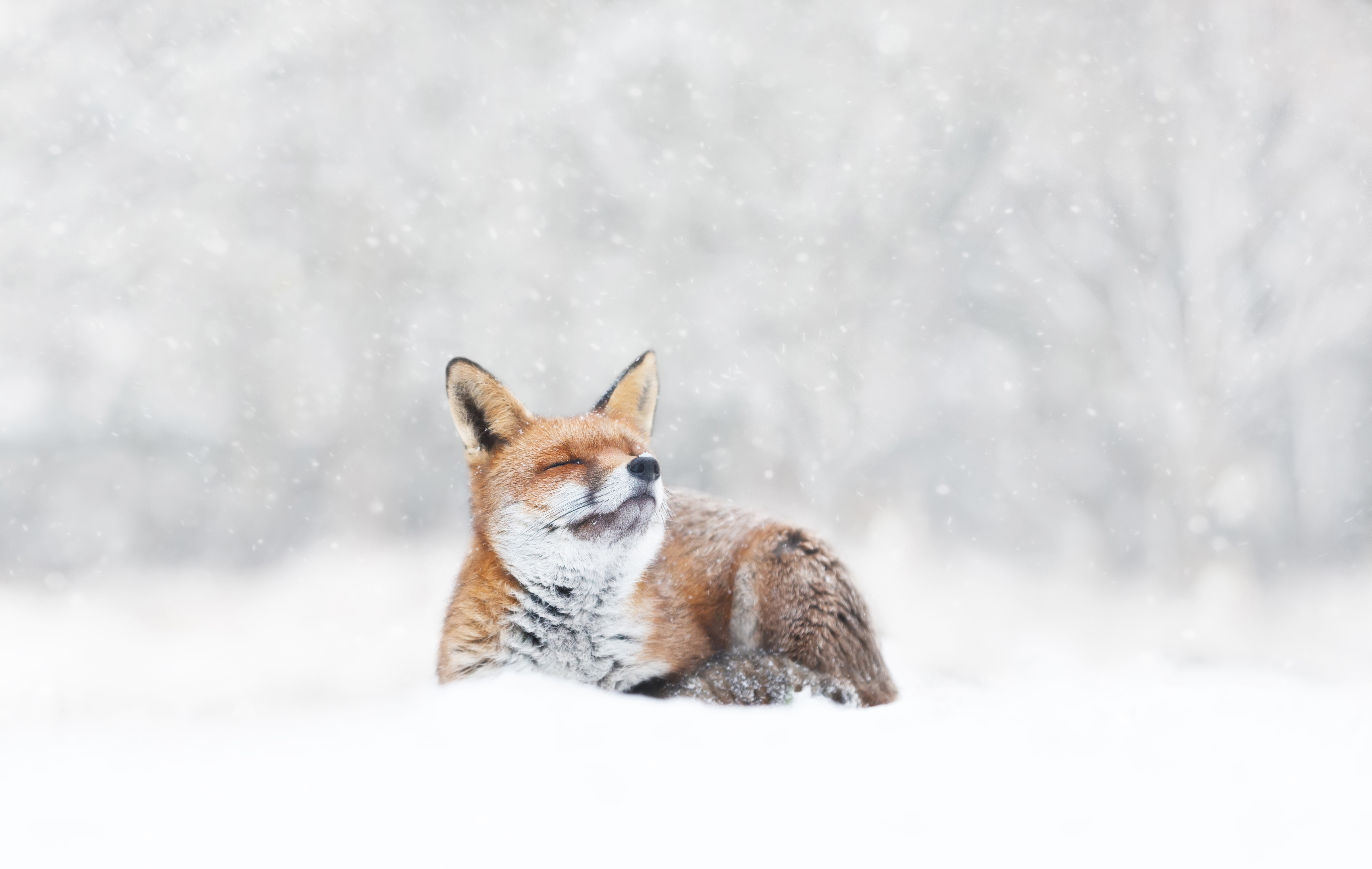 Baby, it’s cold outside (even if you have a natural fur coat): How our animals brave the winter chill
Baby, it’s cold outside (even if you have a natural fur coat): How our animals brave the winter chillWhen the temperature drops, how do Britain’s birds, beasts and plants keep the cold at bay? John Lewis-Stempel reveals Nature’s own thermals.
-
 Retro rubbish: Waste from the 90s unearthed in 97-mile-long beach clean
Retro rubbish: Waste from the 90s unearthed in 97-mile-long beach cleanThe 6,482 volunteers unearthed waste discarded decades ago among the 232,229 pieces of litter recorded during the initiative.
-
 Yorkshire’s bravest and most charming gentleman — the Airedale terrier
Yorkshire’s bravest and most charming gentleman — the Airedale terrierBred on Yorkshire’s riverbanks to face otters, snakes and even enemy fire, the Airedale has gone from the trenches of war to the hearts and homes of presidents and movie stars.
-
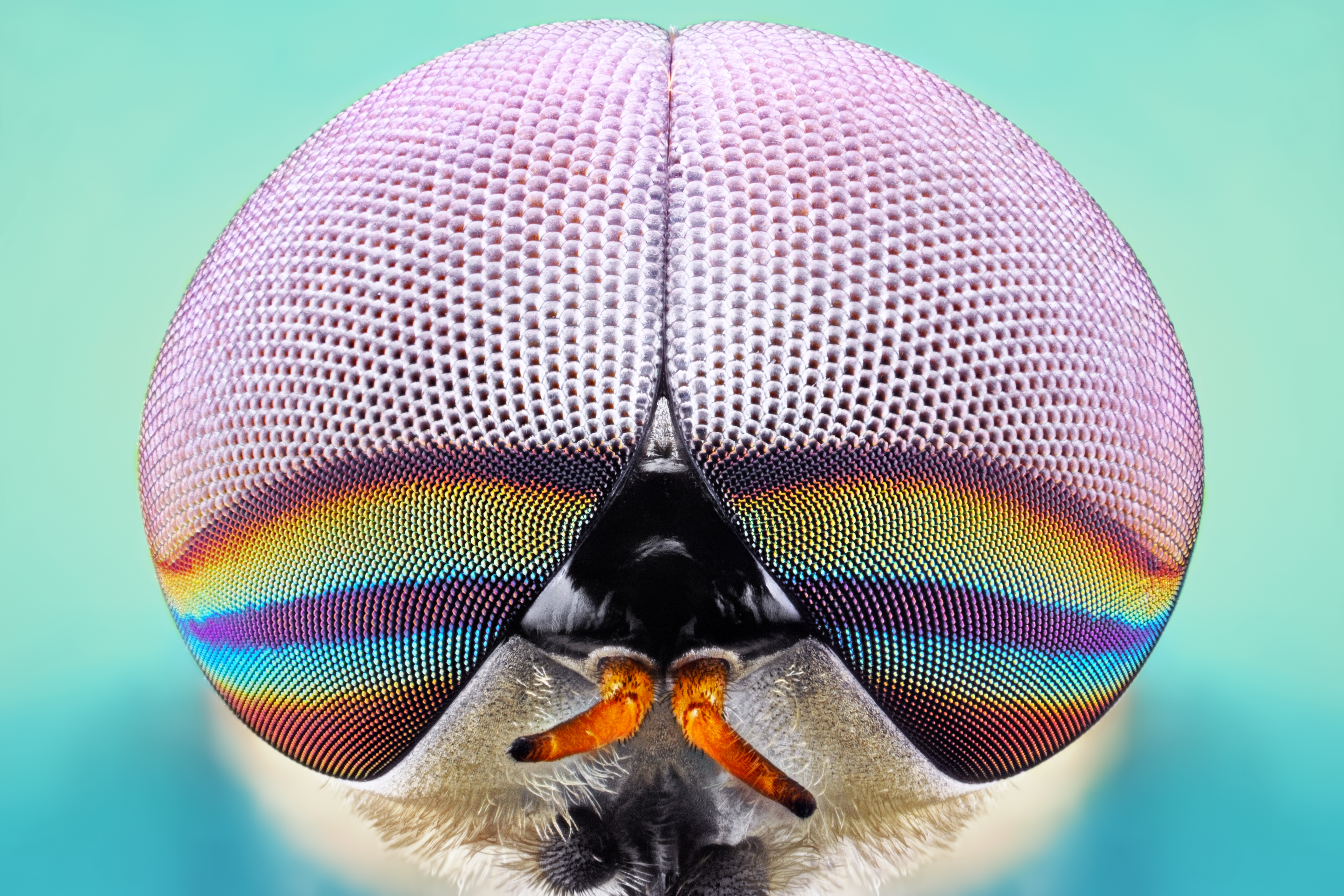 Dangerous beasts (and where to find them): Britain's animals that are best left alone
Dangerous beasts (and where to find them): Britain's animals that are best left aloneJohn Lewis-Stempel provides a miscellany of our otherwise benign land’s more fearsome critters.
